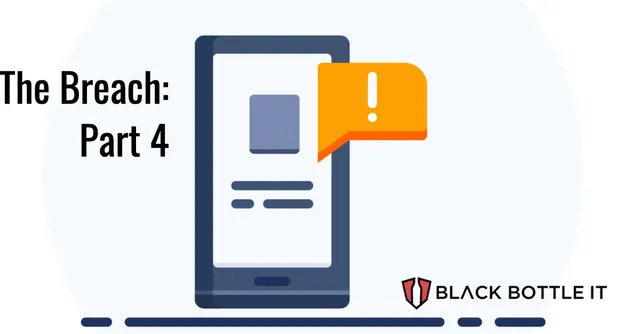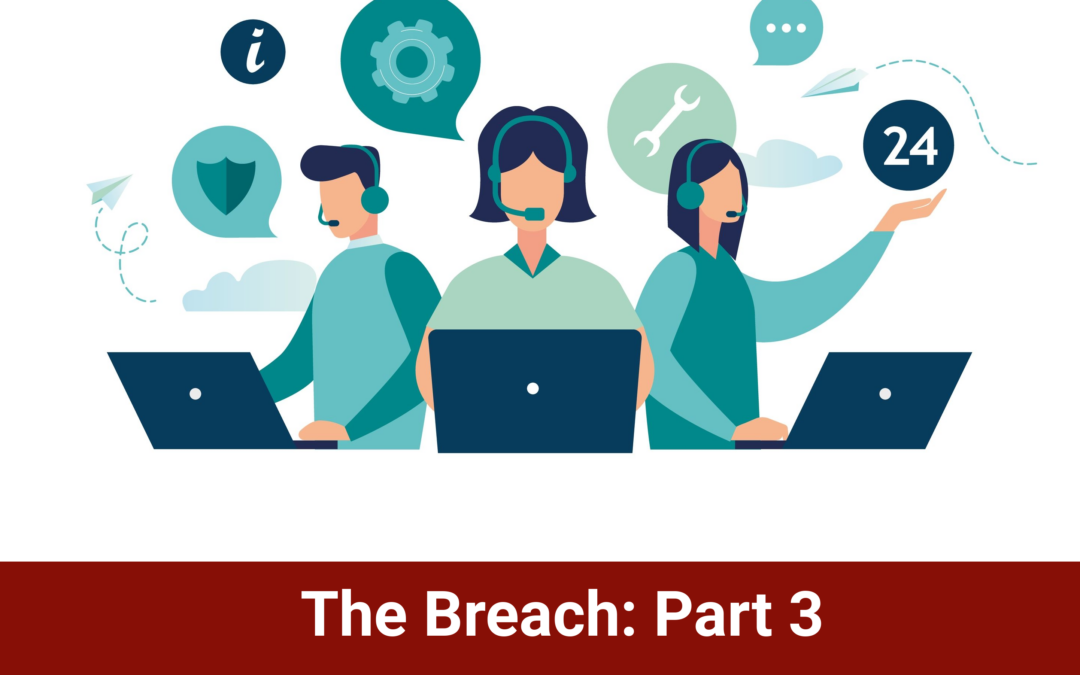
What Managed IT Solution is Best for Your Business?
What Managed IT Solution is Best for Your Business?
When engaging Companies, our team here at Black Bottle IT receives many questions about what tools and services are right for their business. But, there is one question Black Bottle IT frequently gets, “what solutions would you recommend to us?” The answer isn’t simple. There is no “silver bullet” that cures all cybersecurity risks.
To simplify, when looking for a cybersecurity solution, typically companies fall into three categories:
1. Companies that recognize the need to upgrade security solutions and HAVE in-house technical talent:
In this scenario, Black Bottle IT will advise the Company on the right security solutions to fit its situation. Once the solutions are selected, Black Bottle IT will help implement and craft the correct policies and procedures to govern the new processes. This activity is typically done side by side with the in-house talent to hand off 100% of the operations back to the Company’s technical team. Post implementation, we strategically advise, when necessary, as the ever-changing security threat landscape changes with new solutions to keep pace.
2. Companies that recognize the need to upgrade security solutions and DO NOT HAVE in-house technical talent:
These businesses are our favorite Companies to consult with at Black Bottle IT. Business leadership is savvy enough to understand the risk a cyber attack poses and knows the Company doesn’t have enough in-house talent to find, implement and manage the necessary solutions. Cybersecurity talent is hard to find, and most SMB businesses do not have the budget for a dedicated security team. In these instances, Black Bottle IT will recommend, implement and manage a security solution that meets the Company’s needs and reduces their risk of a cyber attack. Going forward, Black Bottle IT will act as advisors and part of the technology team.
3. Companies that may not understand their cyber risk and need some education:
Part of our mission is to inform Companies of the risk a cyber attack can have on their business. In these conversations, we provide industry information, statistics, case studies relevant to the Companies industry. Our goal is to make sure leadership knows the risk. Ultimately, we want to help them and gain them as a client, but the reality is, most Companies that fall into this category need time to digest the information and then quickly realize they need to address the risk. Implementation of solutions will start with low-hanging fruit, as the Company plans and budgets for future improvements.




